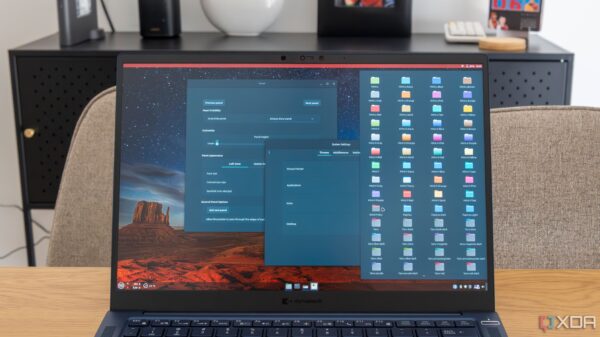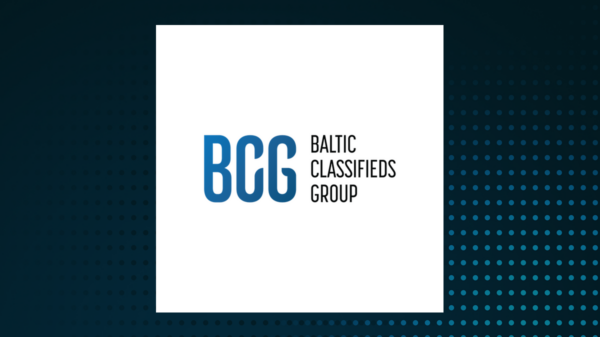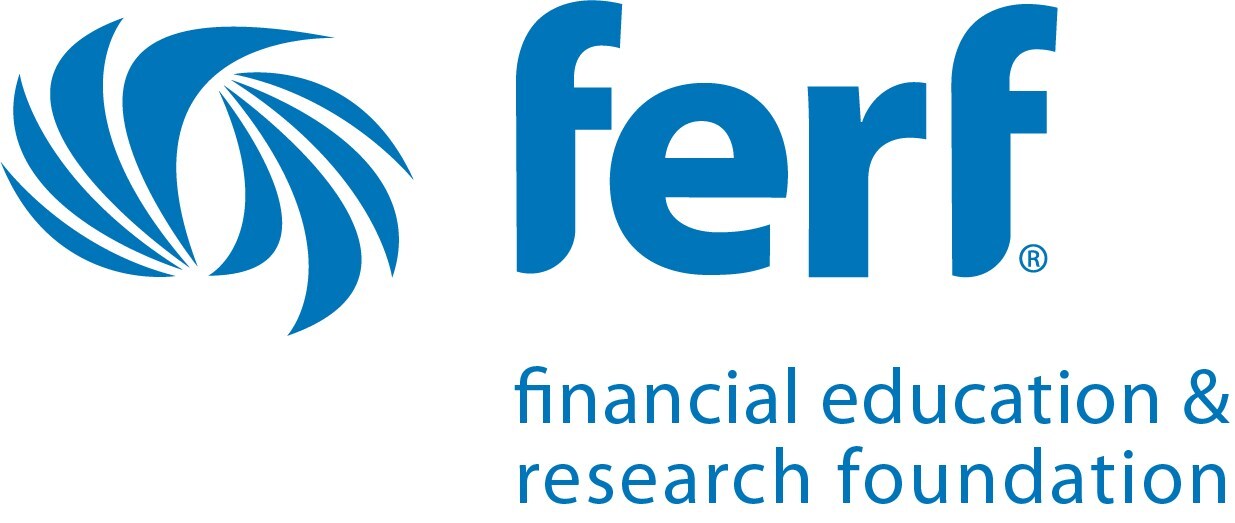A recent report from the Financial Education & Research Foundation (FERF) highlights significant challenges in the business-to-business (B2B) payment landscape. Released on September 30, 2025, the report titled *Strategic B2B Payments in the Digital Age* identifies key pain points in current payment processes and outlines strategies for companies to enhance their digital competitiveness.
The research, conducted in partnership with Boost Payment Solutions, sheds light on the complex interactions between finance teams and payment systems. It provides a framework of best practices aimed at transforming payment operations into strategic assets. The findings emphasize the necessity for companies to align their payment strategies with overarching corporate goals to achieve improved efficiency and decision-making.
Key Findings on B2B Payment Processes
The report reveals that a staggering 78% of companies believe their B2B payment processes could benefit from enhancement. In particular, 70% of respondents indicated that at least half of their accounts payable (AP) processes remain manual, with a similar figure for accounts receivable (AR). The preferred payment methods are notably dominated by Automated Clearing House (ACH) and bank transfers, which account for 51% of transactions, followed by checks at 22% and wire transfers at 13%.
As companies look toward the future, the report indicates a strong interest in further automation, with 64% of respondents expressing a desire to improve their AP processes. However, it also highlights significant obstacles, noting that 80% of companies facing the most pressing payment challenges are hindered by budget limitations, lack of executive support, and competing priorities.
Best Practices for Payment Transformation
In response to the challenges identified, the report suggests several best practices for organizations seeking to modernize their payment systems. These include converting legacy payment methods to digital options, as currently, 26% of all payments from smaller companies are still made via checks. Increasing automation in the B2B payment process is also critical; 60% of AR teams reported that delayed or missing remittance details are their top pain points.
Additionally, companies are urged to fully evaluate the total costs and benefits associated with various payment methods. While 59% of firms cite the cost of acceptance as their primary concern when handling B2B payments, many neglect to consider how different methods can affect days sales outstanding (DSO) and cash flow.
Andrej Suskavcevic, CAE and President of both Financial Executives International and FERF, emphasizes the vital role of payments in business operations. He stated, “Payments are the lifeblood of any business. That’s why it’s essential for companies to align their payments strategy with overall corporate objectives, unlocking advantages such as greater efficiency, faster execution, and improved decision-making.”
Meanwhile, Dean M. Leavitt, Founder and CEO of Boost Payment Solutions, highlights the importance of selecting the right payment methods. He remarked, “Not all options are created equal. This report underscores the need for companies to work with a bold, vigilant, and strategic B2B payments partner that understands the business challenges organizations face and can deliver digital solutions purpose-built to drive efficiency, resiliency, and growth.”
The report’s conclusions are based on a comprehensive survey involving representatives from over 130 companies, along with interviews with finance professionals from various sectors, including agtech, information technology, gaming, logistics, and construction.
Companies interested in further exploring the findings can access the full report at [FERF’s website](https://bit.ly/46ycNRC).
For those looking to enhance their understanding of financial management and payment processes, the Financial Education & Research Foundation continues to provide valuable insights and research to both members and non-members alike.





































































